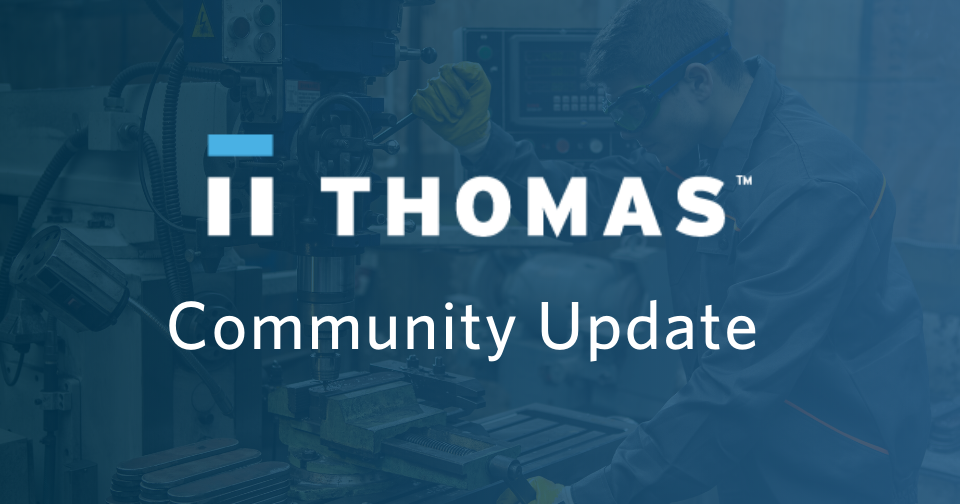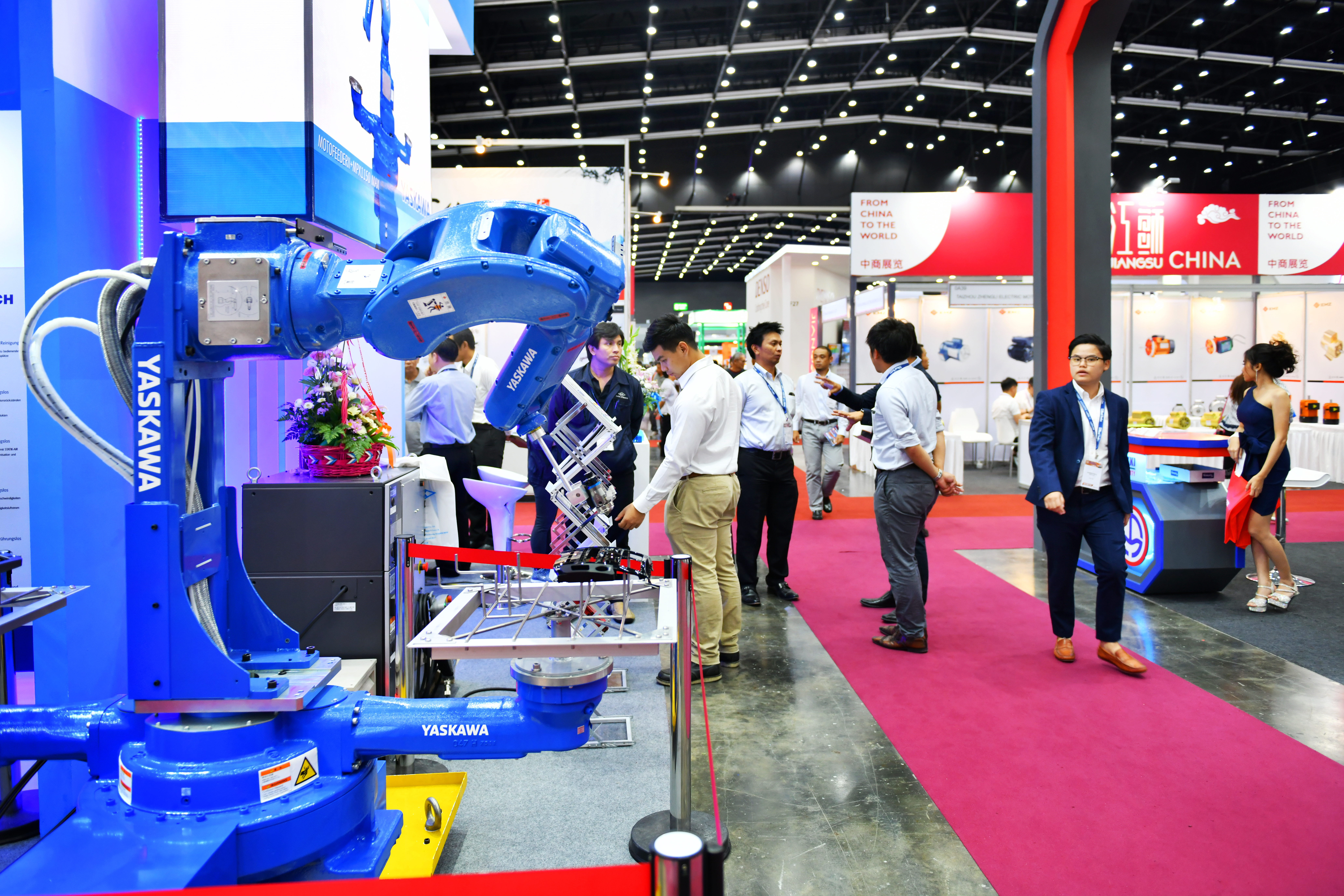What To Avoid In Your User Journey: Key Takeaways From ConversionXL Live 2017
Nina Bayatti April 17, 2017
ConversionXL Live is an annual conference that provides web designers, developers, and strategists a forum to learn from optimization experts. The event is also a fantastic networking opportunity, as it brings together more than 75,000 practitioners every year.
This year’s conference agenda was broken into three themes:
- Day 1: UX & Digital Analytics
- Day 2: Optimization & Testing
- Day 3: Growth & Success
During his kickoff presentation, Michael Aagaard, Senior Conversion Optimizer at Unbounce, didn’t wait long before diving into a web analysis. While displaying the home page of a marketing automation company’s website, Aagaard walked the audience through the hypothetical journey of a website visitor interested in a demo of the automation product.

In essence, what Aagaard was doing was narrating the “user journey” of a prospective customer. With every click, Aagaard explained what would likely be going through the mind of a user interested in a demo of the marketing automation product. He highlighted areas in the journey where a visitor, new to the brand and unfamiliar with the website, may get stuck or hesitate to continue on their search for a demo of the product.
What’s great about Aagaard's analysis is that the points of frustration he highlighted are not exclusive to one particular website and should be considered when evaluating any user journey.
Below are some key critiques that resulted from the exercise.
Points Of Friction To Avoid In A User Journey
- Death by mega drop-down: Upon reaching the home page, the visitor is provided with four top navigation options, each consisting of two columns worth of drop-down items. Providing too many options is overwhelming and can divert the visitor from completing their goal.
- The redundant loop: The product demo is advertised on the home page in a call-to-action overlay, making for a clear path of access. However, upon reaching the sign up page, the call-to-action remains present, which can cause some confusion. Upon click, the call-to-action button refreshes the same sign up page causing a cyclical – and frustrating – journey.
- The deceptive offer: Upon submitting the form, the visitor gains access to a dummy account rather than a product demo. The call-to-action and sign up form advertised a product demonstration, which did not align with what was provided. This can be frustrating for a prospective customer looking specifically for a product tutorial.
- Ineffective chat support: In an effort to gain access to an actual product demo, Aagaard tried to use the online chat feature. The chat, in fact, was a contact form positioned as a real-time support system. In addition, the chat form had buttons that allowed you to print or email a copy of the conversation before any communication had even taken place.
With so many details to take into account when constructing a website, it’s easy to lose sight of the bigger picture. Aagaard’s poignant, albeit theatrical, narration of a visitor seeking an online product demo provided an eye-opening perspective.
The exercise reinforced the fact that, when evaluating or redesigning a website, nothing is more important than the user journey experience.
To learn more about website optimization and how RPM can assist, check out our Growth-Design (GDD) program. Similar to continuous improvement for manufacturing, GDD continually optimizes our clients’ websites by re-evaluating the user journey and finding ways to reduce the pain points that prevent website visitors from getting the information they need to make their purchase decisions.
Did you find this useful?









